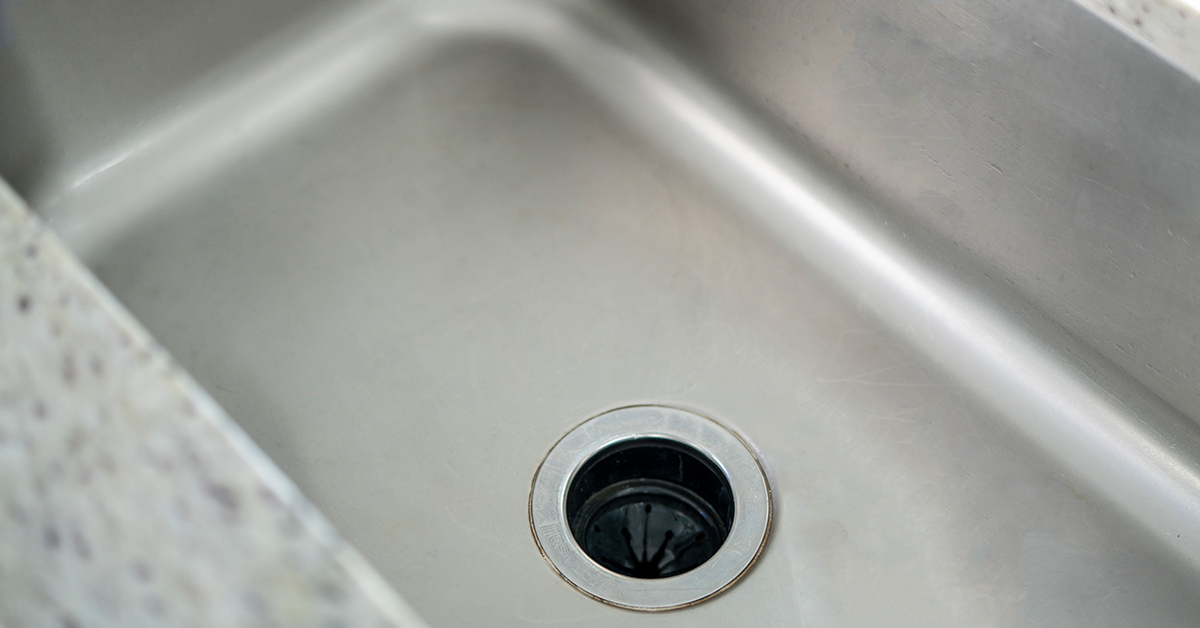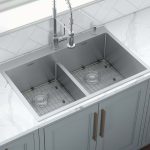Introduction: Understanding the Issue
A stuck sink plug can be a frustrating problem, causing inconvenience and hindering daily tasks. Whether it’s preventing you from draining water or causing a backup in your sink, addressing this issue promptly is essential. In this guide, we’ll explore various troubleshooting tips to help you effectively deal with a stuck sink plug.
Identifying the Cause
Before attempting any fixes, it’s crucial to identify the underlying cause of the stuck sink plug. Common reasons include debris buildup, a faulty mechanism, or an object lodged in the drain. By understanding the root cause, you can choose the most appropriate solution for resolving the issue.
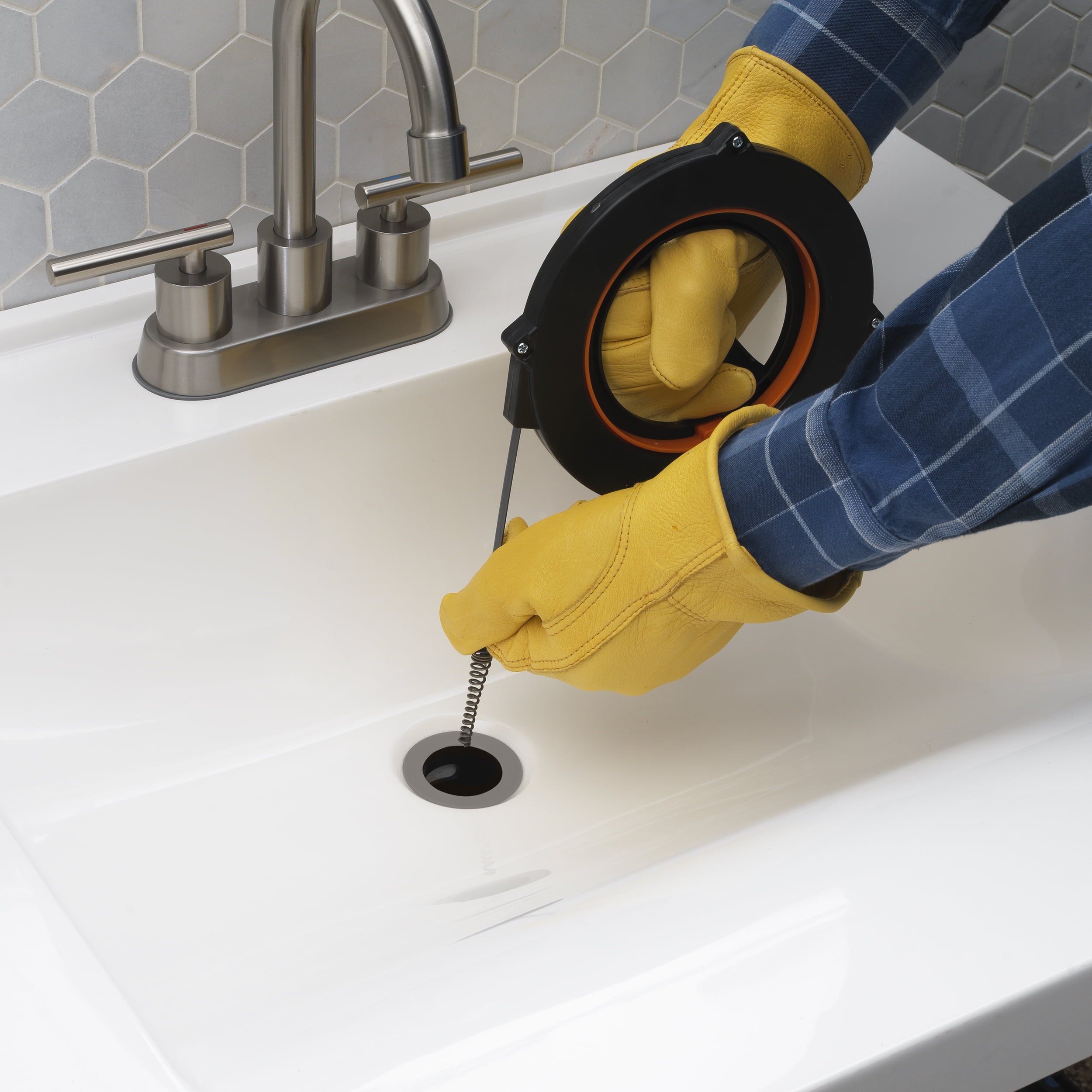
Inspecting the Plug Mechanism
Start by inspecting the plug mechanism to determine if there are any visible obstructions or damage. Remove the plug carefully and examine both the plug and the drain for any debris or objects that may be causing the obstruction. Use a flashlight to get a clear view of the drain.
Applying Lubrication
In some cases, a stuck sink plug may be due to rust or corrosion in the plug mechanism. Applying lubricant to the moving parts can help loosen the plug and facilitate smoother operation. Use a silicone-based lubricant or WD-40, applying it generously to the plug mechanism and allowing it to penetrate for several minutes before attempting to move the plug again.
Using Hot Water
Hot water can be an effective remedy for dislodging a stuck sink plug, especially if the issue is caused by grease or soap scum buildup. Boil a kettle of water and carefully pour it down the drain, ensuring that it comes into contact with the plug mechanism. The heat can help soften any residue, making it easier to move the plug.
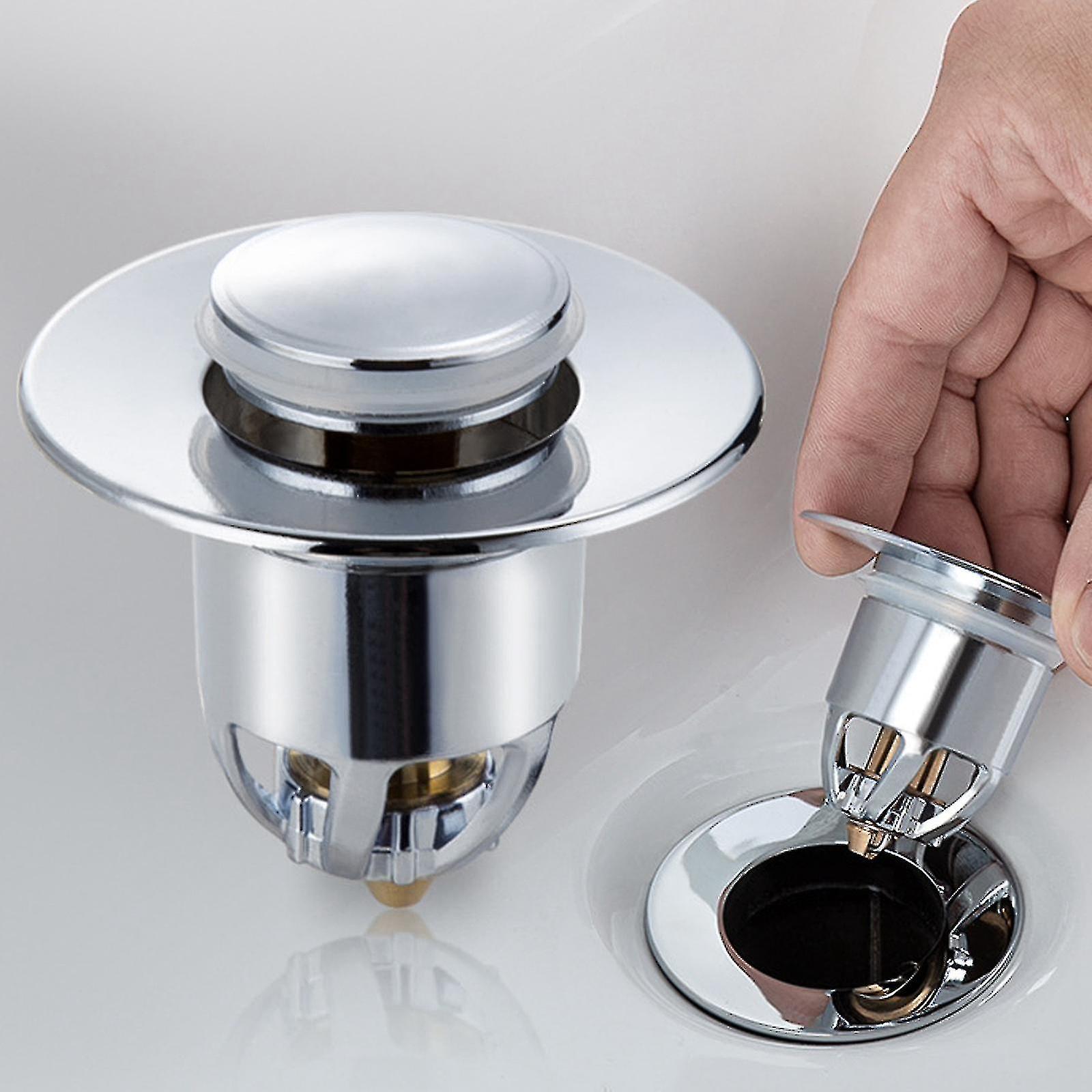
Utilizing a Plunger
A plunger can be a handy tool for dislodging a stuck sink plug, particularly if the blockage is caused by air pressure or minor obstructions. Ensure that the plunger forms a tight seal around the drain opening and apply firm, rhythmic pressure to create suction. Repeat this process several times, checking periodically to see if the plug has become unstuck.
Employing a Drain Snake
For more stubborn blockages, a drain snake can be highly effective in dislodging trapped debris or objects. Insert the snake into the drain opening and maneuver it carefully, using a twisting motion to navigate around the plug mechanism. Gradually feed the snake further into the drain until you encounter resistance, then gently maneuver it to dislodge the obstruction.
Seeking Professional Assistance
If all else fails, or if you’re uncomfortable attempting DIY fixes, it may be best to seek professional assistance. A qualified plumber will have the expertise and specialized tools needed to address complex sink plug issues safely and effectively. Don’t hesitate to contact a professional if you’re unable to resolve the problem on your own.
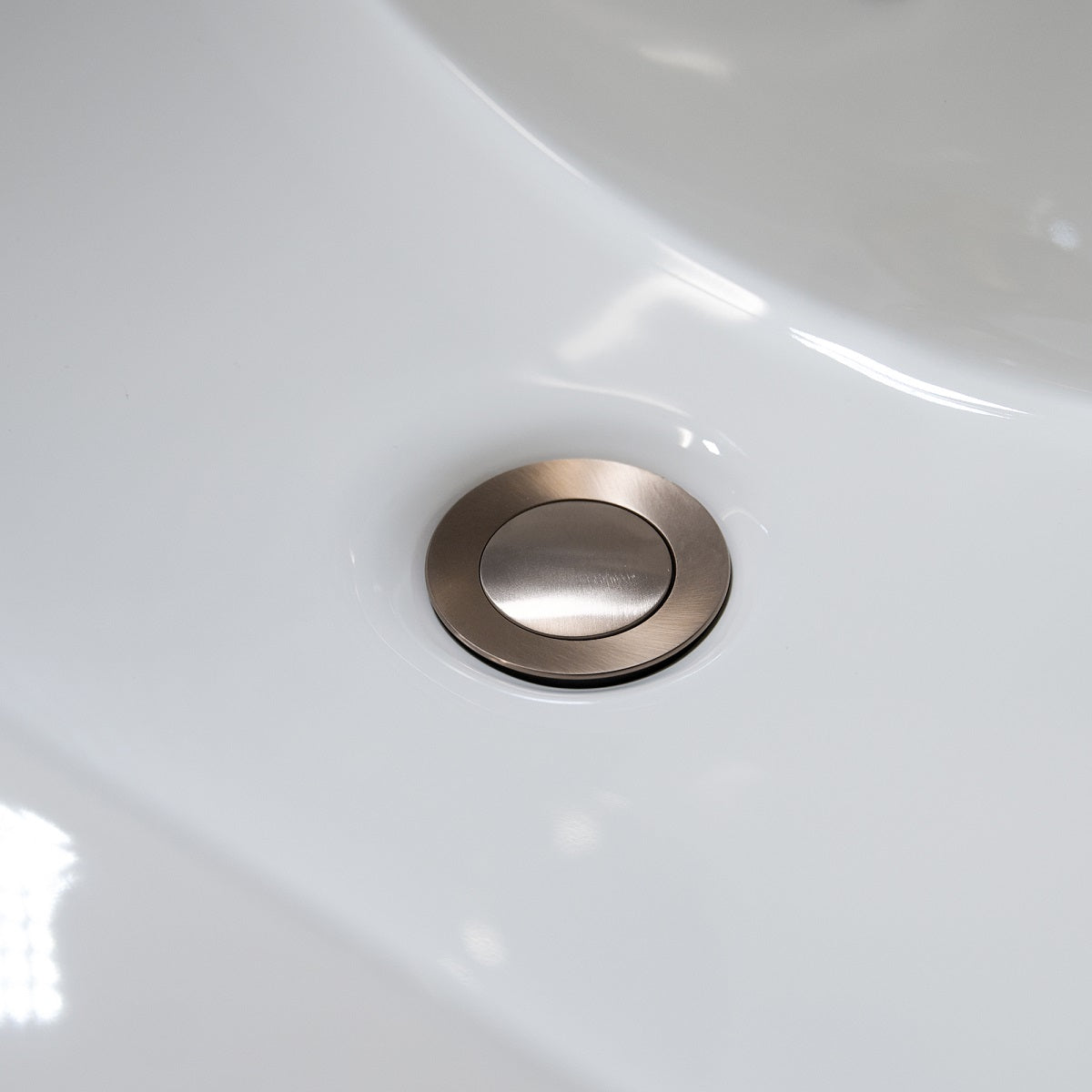
Preventing Future Issues
Once you’ve successfully dealt with a stuck sink plug, take proactive steps to prevent similar issues from occurring in the future. Regularly clean the plug mechanism and drain to remove any buildup, and avoid disposing of large or solid objects down the sink. Implementing these preventive measures can help maintain optimal sink function and minimize the risk of future blockages.
Inspecting the Plug Mechanism
Upon inspecting the plug mechanism, if you find visible obstructions or damage, proceed cautiously. Remove the plug carefully, avoiding any excessive force that could worsen the situation. Once removed, thoroughly examine both the plug and the drain for any debris or foreign objects that may be causing the obstruction. Use a pair of tweezers or a small tool to dislodge any visible blockages, taking care not to push them further into the drain.

Applying Lubrication
In cases where rust or corrosion is suspected, applying lubrication can help loosen the plug and restore smooth movement. Choose a silicone-based lubricant or WD-40 for this purpose, as they are safe for use in plumbing fixtures. Apply the lubricant generously to the plug mechanism, ensuring that it penetrates into any crevices or tight spaces. Allow the lubricant to sit for several minutes to work its magic before attempting to move the plug again.
Using Hot Water
Hot water can be a simple yet effective solution for dislodging a stuck sink plug caused by grease or soap scum buildup. Boil a kettle of water and carefully pour it down the drain, ensuring that it comes into direct contact with the plug mechanism. The heat from the water will help soften any residue, making it easier to manipulate the plug. Repeat this process as needed until the plug becomes unstuck.
Utilizing a Plunger
When dealing with minor blockages or issues related to air pressure, a plunger can be a valuable tool. Ensure that the plunger forms a tight seal around the drain opening to create proper suction. Apply firm and rhythmic pressure, using a pumping motion to dislodge the obstruction. Check periodically to see if the plug has become unstuck, and repeat the process as necessary until the drain flows freely.
Employing a Drain Snake
For more stubborn blockages that resist other methods, a drain snake can be highly effective. Insert the snake into the drain opening and maneuver it carefully, using a twisting motion to navigate around the plug mechanism. Gradually feed the snake further into the drain until you encounter resistance, indicating the location of the obstruction. Gently maneuver the snake to dislodge the blockage, taking care not to damage the plumbing.

Seeking Professional Assistance
In cases where DIY methods prove ineffective or if you’re uncomfortable attempting repairs yourself, don’t hesitate to seek professional assistance. A qualified plumber will have the expertise and specialized tools needed to address complex sink plug issues safely and effectively. By entrusting the job to a professional, you can ensure that the problem is resolved correctly, minimizing the risk of further damage to your plumbing system.
Preventing Future Issues
Once you’ve successfully resolved the issue of a stuck sink plug, take proactive steps to prevent similar problems from occurring in the future. Regularly clean the plug mechanism and drain to remove any buildup of debris or residue. Avoid disposing of large or solid objects down the sink, as these can contribute to blockages over time. Implementing these preventive measures will help maintain optimal sink function and prolong the lifespan of your plumbing fixtures.
Conclusion: Restoring Functionality
Dealing with a stuck sink plug can be a challenging task, but with the right troubleshooting tips and techniques, you can restore functionality to your sink and prevent further inconvenience. By identifying the cause of the issue and applying appropriate remedies, you can effectively resolve the problem and ensure smooth drainage for your sink.
